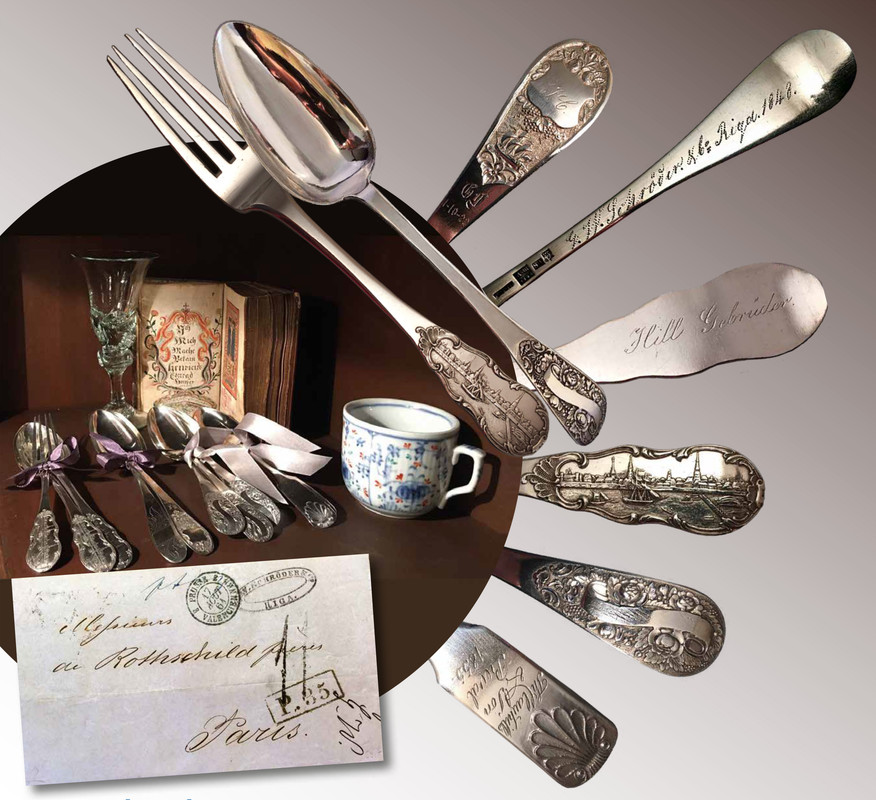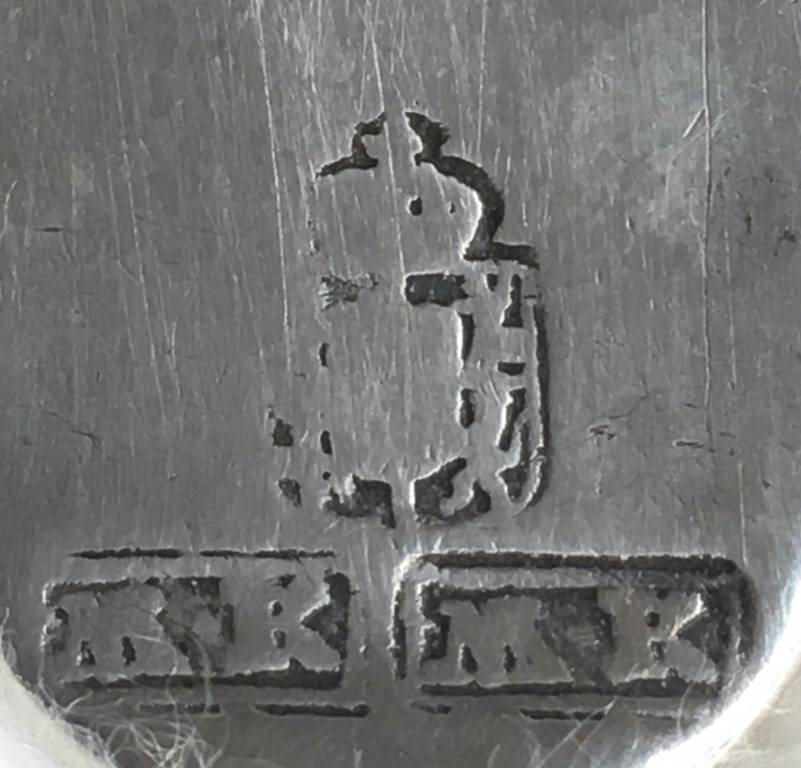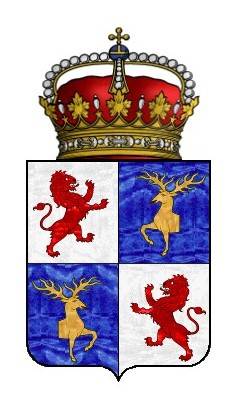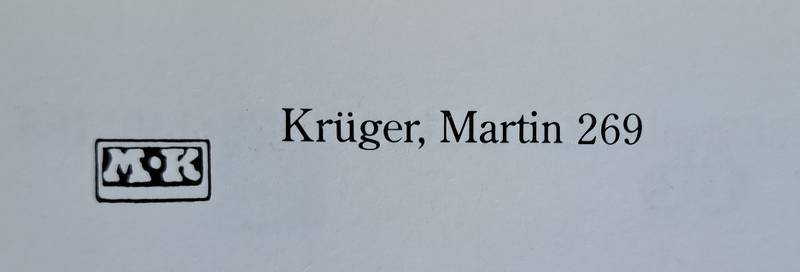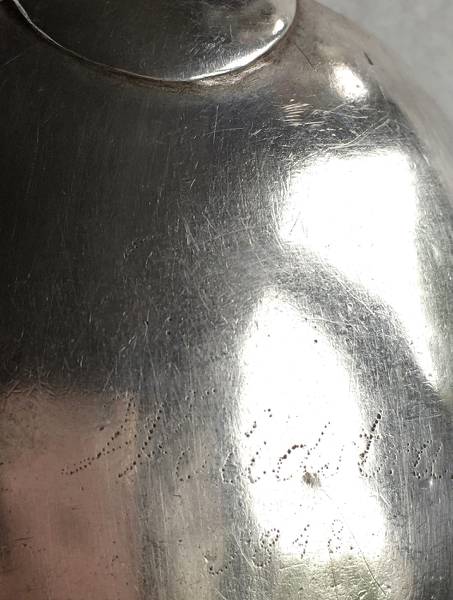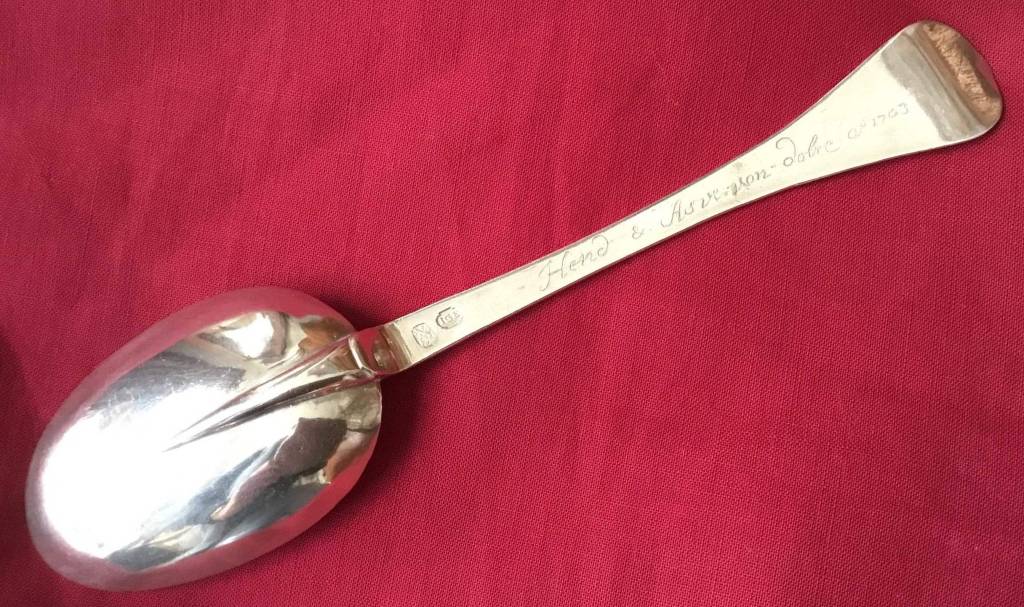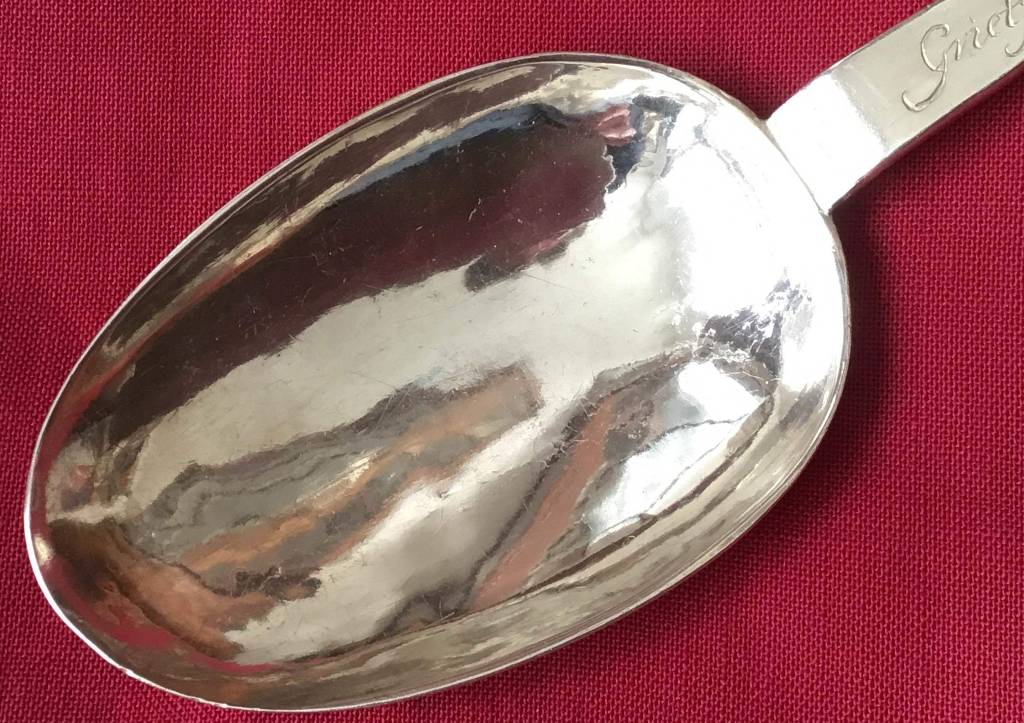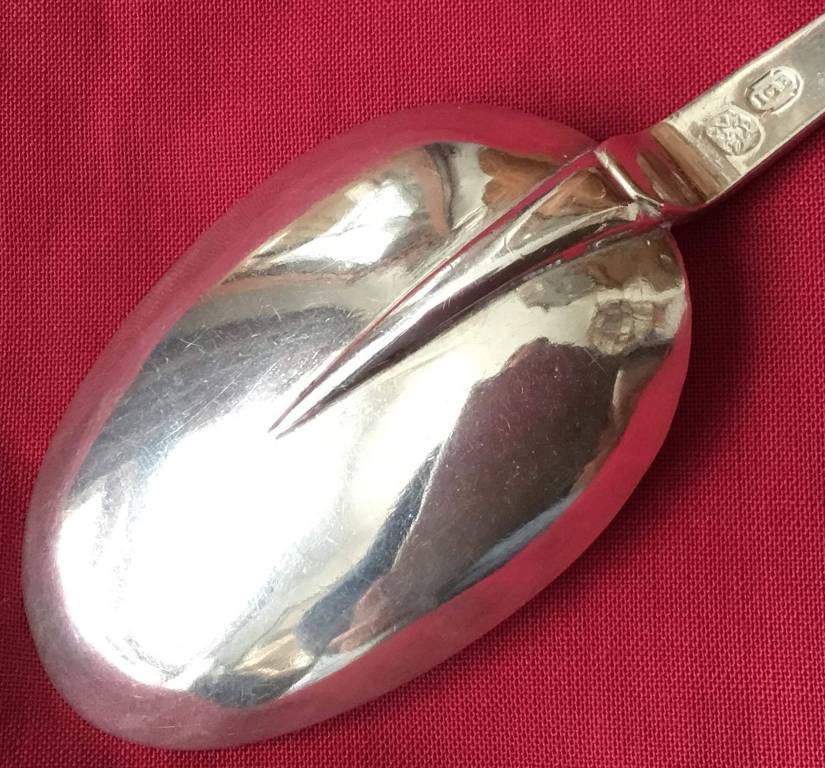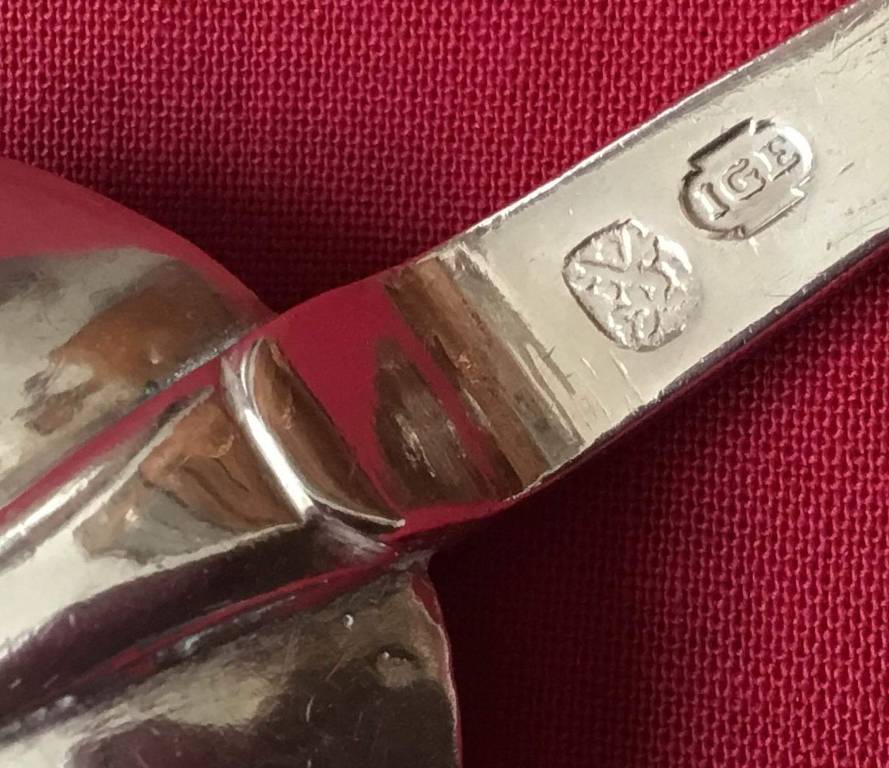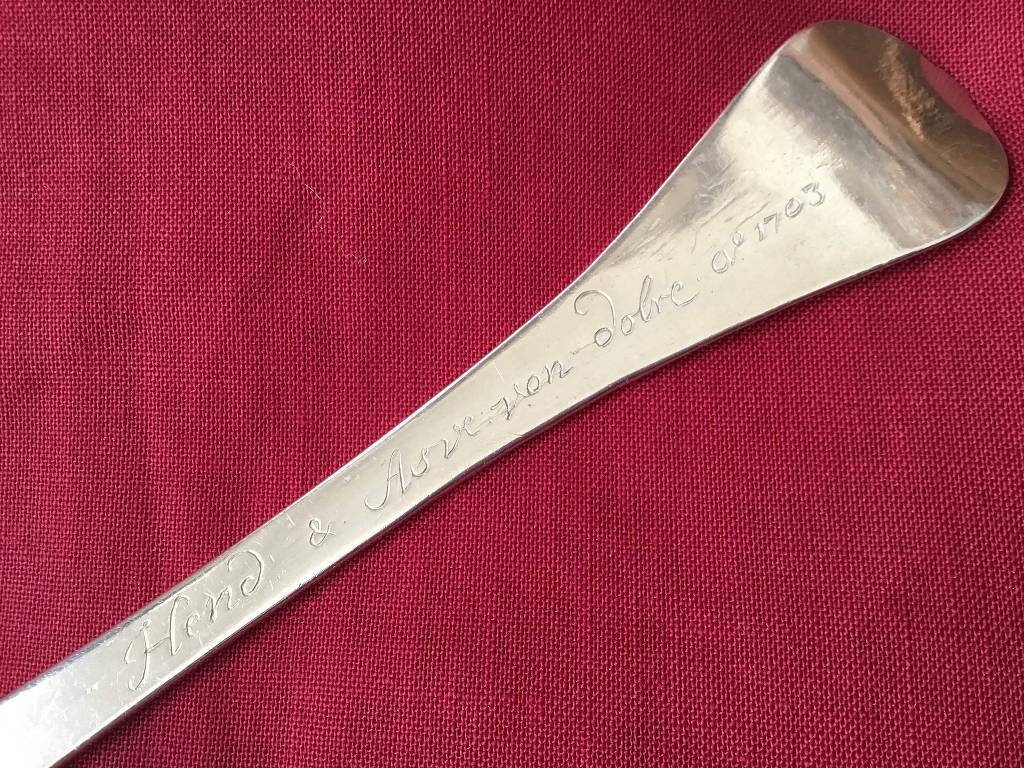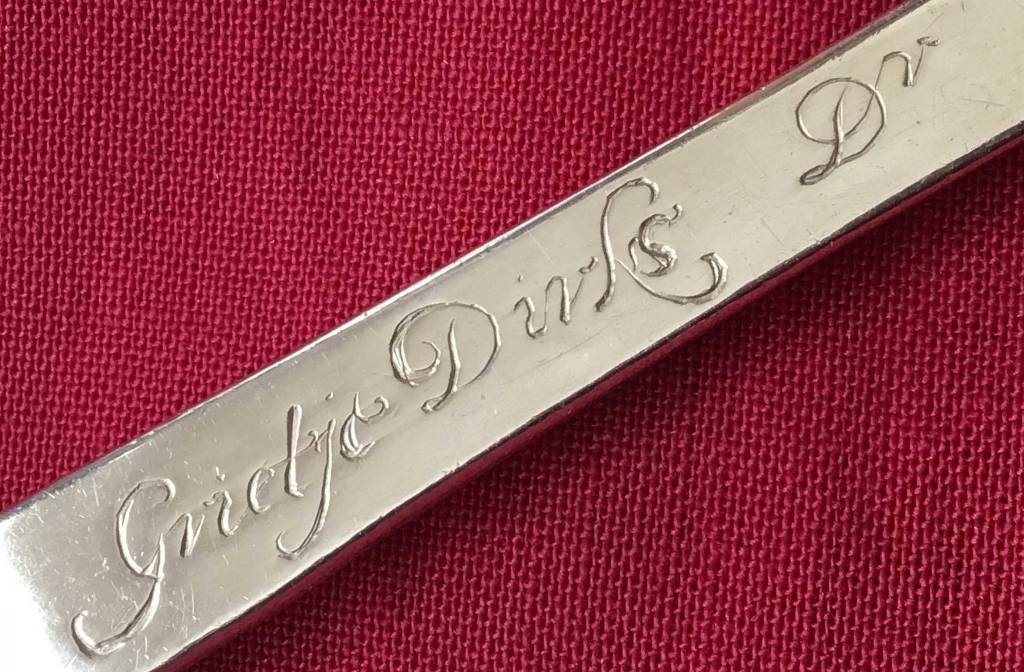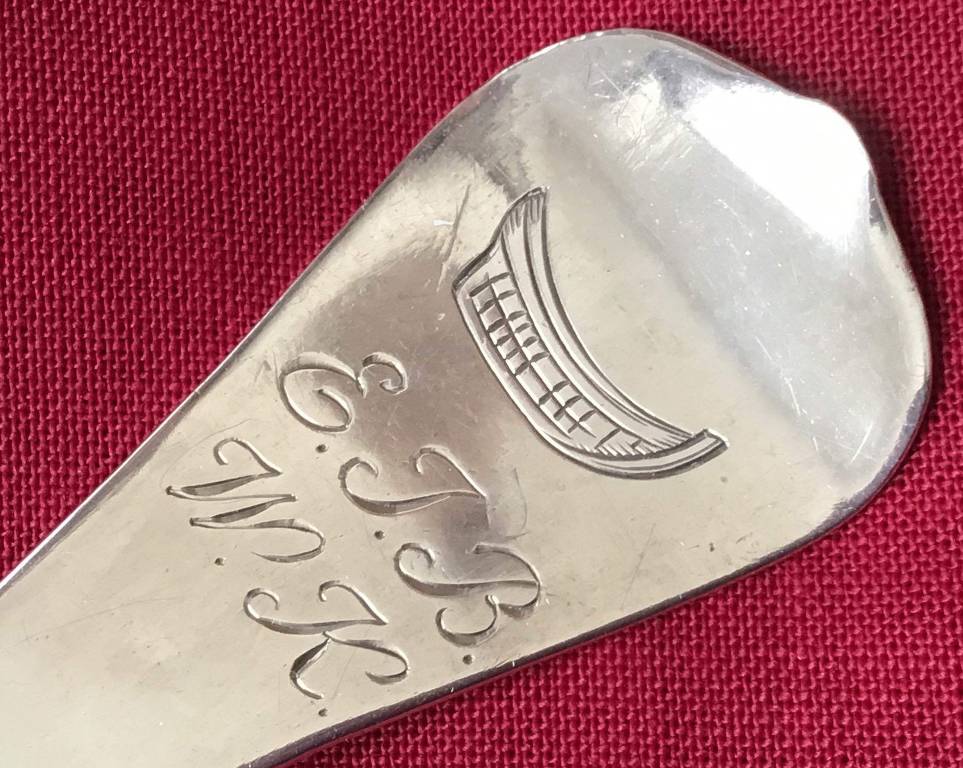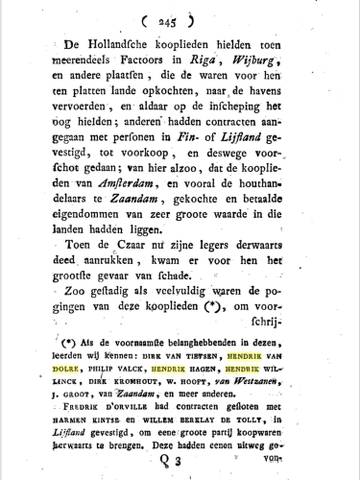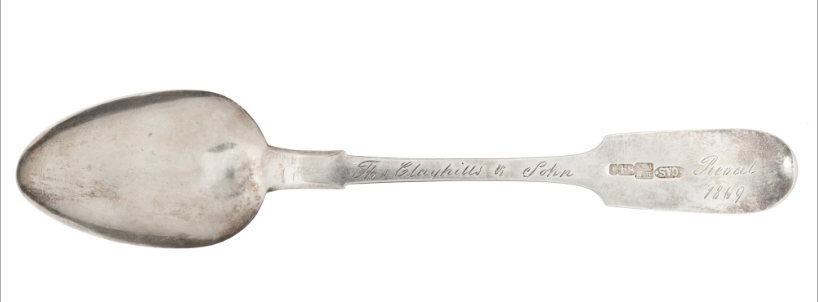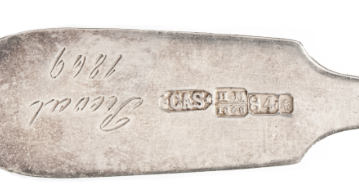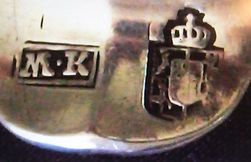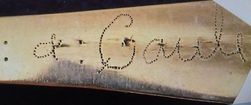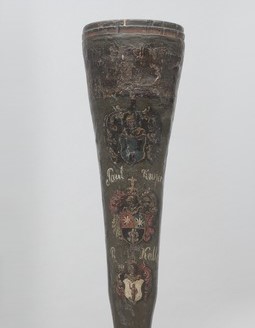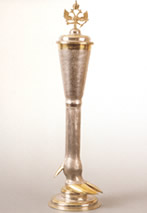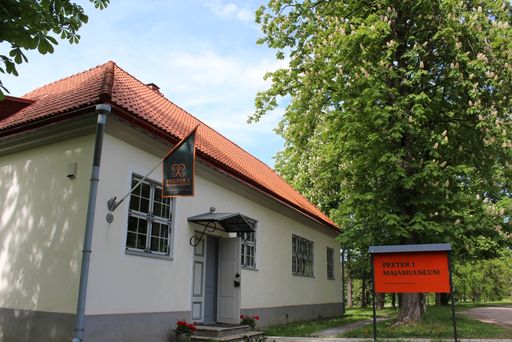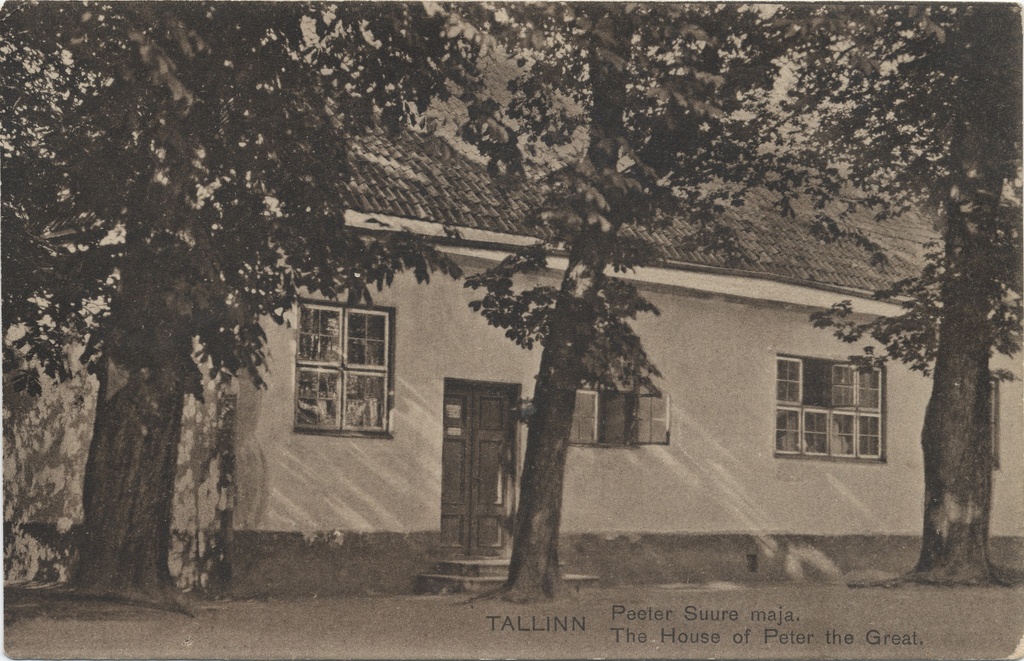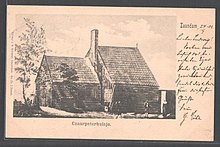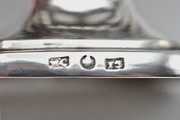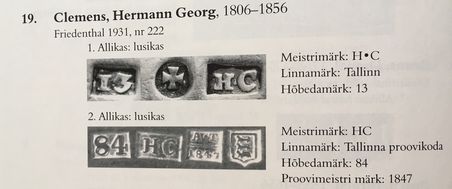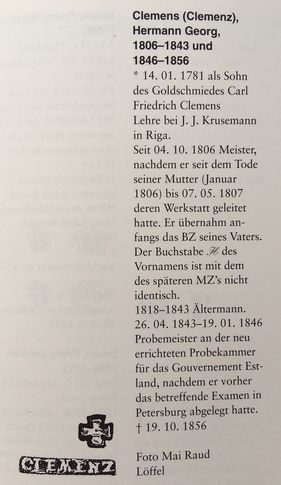by Hephaistos » Sat Mar 25, 2023 5:24 pm
@ Silverstone & Co
Your story of Bergenian bowmen has triggered me to expand on the subject, and occasionally, there is an absolute unique silver treasure to illuminate my story (maybe this comprehensive essay rather would fit under the 925/1000 Silver stories). The shooting contests and its expressions in silver memorabilia are reminiscences of cross-border fertilization by a specific social category, migrating German tradesmen consolidating the trade monopoly Hansa League, based in Lübeck, from medieval times and onward. The Hanseatic cities ranged from Bergen, Norway and London in West to Novgorod in East and to Brügge in South. German traders and ship-owners colonized, started guilds and even ruled the port cities as a social elite.
The parrot shooting contest tradition, with bow and arrow, known in Continental Northern Europe generally was executed as sniping a wooden and painted parrot (popinjay) put at the top of a high pole. Hitting it gave points, shooing it down an undisputable victory.
In Tallinn, Estonia, the German traders and merchantmen, mostly young and unmarried founded, parallel to other German guilds, a spectacular guild, The Brotherhood of Blackheads (Schwartshäupter) and they chose, by any reason, the Egyptian black martyr St Maurice as their patron, as seen in the coat of arms.
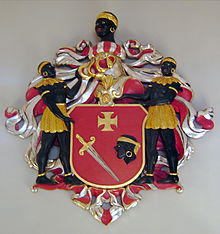
The Blackheads organized, except parties for the guilds amusement, a self-defense force, a voluntary fire brigade and mutual support, parrot shooting contests within the Brotherhood and other guilds, the Great Guild, the St Canute Guild, guild of artisans and craftsmen, all maintaining this masculine sport. The Blackhead members becoming wealthy built an impressive house in Tallinn, only surpassed by that of the Blackheads in Riga, an assembled an imposing silver assembly. The Blackheads in Tallinn survived to 1940 up to the Soviet occupation of Estonia. The silver treasure was hidden abroad and is now returned and exhibited.

The shooting competition was originally executed by ordinary longbow and arrow but was later adopted to crossbow and was exercised springtime from Easter to Whitsuntide, by safety reasons outside the city wall. The sport event and the following celebrations occurred on Sundays and became so popular that the church services for three Sundays after Easter was cancelled, lacking of visitors.
The winner of the parrot shooting, the Bowking, was the temporally awarded the triumph ensign to be carried in a silver chain in the final parade of inhabitants and musicians, after which a big party begun. In Estonia this habit was known since the 14th century, and remained to the middle of the 17th century.
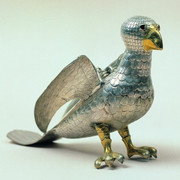
Popinjay, parrot, papageno, silver, origin probably Tallinn, 16 century, first half. Movable wings and partially guilt, eyes of red garnet. The only remaining Bowking price in Estonia, belonging to the Brotherhood of Blackheads. Exhibited in Niguliste Museum, Silver Chamber.
by Silverstone » Sat Mar 25, 2023 10:31 pm
Dear Hephaistos,
thank you for your detailed informations about the silver treasure of the Blackheads.
I am sure that many members of this Silver-Forum will appreciate your explanations in combination with the beautiful photos.
In the book "Baltic Silver" by Annelore Leistikov is a photo of a parrot-goblet, p. 91

See p. 81:
"During the rifle-festival the rifle-corps ...enjoyed plenty of beer...
A gilded goblet in the shape of a parrot sitting on a naturally shaped branch probably belonged to the Riga rifle-men. ... His head is detachable for drinking.
The trophy bears the master's mark LM. It could be the master Lorenz Martens (1612-1619).
After 1658 ... parrot shooting is no longer detectable.”
“The Silver Treasure of the Riga Blackheads Company” (catalog of an exhibition in Bremen, Roselius-Haus, March 23 - June 1, 1997 and an exhibition in Bielefeld, Huelsmann Foundation, June 21 - September 28, 1997) presents large photos of goblets, tankards, jardinieres etc. from Riga St. Petersburg, Libau, Danzig, Berlin, Hanau and London.
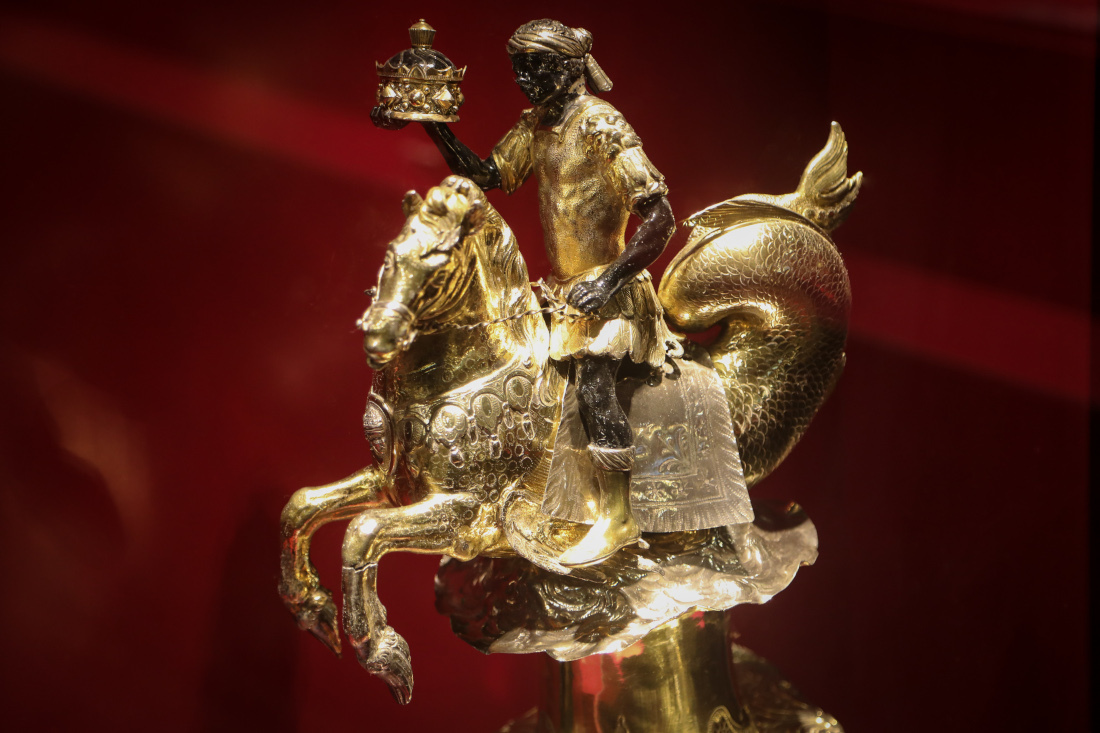
Source: © WFB/Focke Strangmann
In Hamburg was a renewal of the Brotherhood in 1961 with members from Riga.
1980 the brotherhood settles in Bremen and is registered as an association under the name "Compagnie der Schwarzen Häupter aus Riga".
Members no longer have to be born in Riga and getting married is no longer a reason for exclusion.
The company currently has 23 members, German merchants who aim to preserve their treasures, their history and the traditions of the Hanseatic cities.
It was a tradition among the Blackheads that each merchant donate an item of silver upon his initiation into the brotherhood.
In 1915 the silver collection in Riga consisted of 3400 silver works of art...
However, a large part of the treasure had disappeared, as well as part of the archive...
Now the remaining part of the magnificent, once enormous treasure has found its home in the Ludwig-Roselius-Museum in Bremen.
The company of the Blackheads from Riga is also based in Bremen.
Once a year, the silver works of art leave the museum for a day to decorate the table at the company's traditional fraternity meal."
„Kulturgut, das nie in Gebrauch ist, ist verlorenes Kulturgut.“ (A cultural treasure that is not used is a lost treasure).
In the Museum of the History of Riga and Navigation you can admire many works of art from the silver treasure of the Blackheads.
Source: Lettischer Verein, Hamburg e.V.
Regards
Silverstone
For more topics about Baltic silver see;
https://www.925-1000.com/forum/viewtopi ... 98#p210998
https://www.925-1000.com/forum/viewtopi ... 37#p210037
https://www.925-1000.com/forum/viewtopi ... 6&start=20
https://www.925-1000.com/forum/viewtopi ... 04#p208704
https://www.925-1000.com/forum/viewtopi ... ic#p206627
https://www.925-1000.com/forum/viewtopi ... 24#p149224
https://www.925-1000.com/forum/viewtopi ... ic#p174322
https://www.925-1000.com/forum/viewtopi ... ic#p156759
https://www.925-1000.com/forum/viewtopi ... ic#p153169
https://www.925-1000.com/forum/viewtopi ... ic#p150931
https://www.925-1000.com/forum/viewtopi ... 85#p144385




